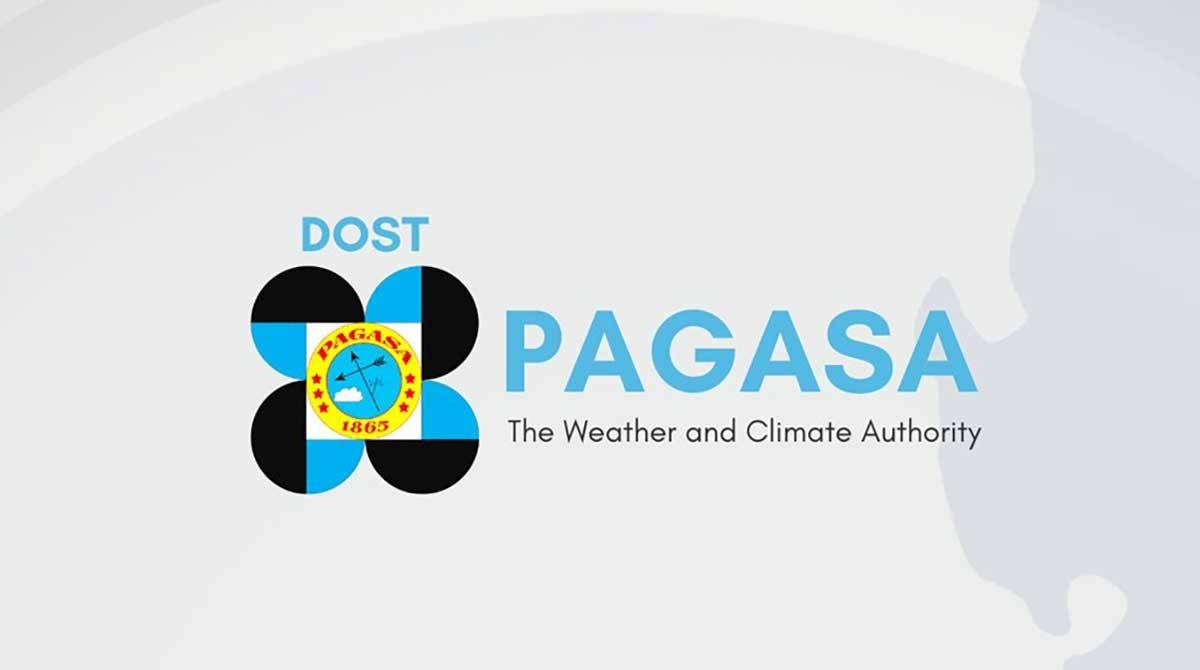The Philippine Atmospheric, Geophysical and Astronomical Services Administration (Pagasa) has recently initiated its La Niña watch as the El Niño phenomenon starts to weaken. While the impact of El Niño is expected to persist until April and May, signs of its weakening have been observed, according to Pagasa Administrator Nathaniel Servando.
Pagasa, the weather agency, reports that the majority of climate models predict a transition to ENSO-neutral conditions during the April-March-May-June 2024 season. Additionally, Servando mentioned that there is a 55 percent chance of La Niña developing in June or July. Consequently, Pagasa has raised its ENSO Alert Warning System to a La Niña Watch.
La Niña is characterized by cooler-than-average sea surface temperatures in the central and eastern equatorial Pacific. Interestingly, the rapid return of the La Niña weather phenomenon may actually decrease the risk of 2024 surpassing last year’s record heat, as stated by Europe’s climate monitor, the Copernicus Climate Change Service (C3S).
Carlo Buontempo, a representative of C3S, suggests that the past nine months of record-breaking temperatures align with climatologists’ predictions of human-caused climate change. However, he also highlights the influence of natural cyclical events, such as the warming El Niño weather pattern and solar activity, along with greenhouse gas emissions.
Despite the recent El Niño not being as extreme as previous occurrences, the temperatures observed were still remarkably warmer. Buontempo suggests that the preceding cooling La Niña may have downplayed the extent of global warming. He explains that February, despite El Niño peaking in December, marked another month of record heat, which is a typical pattern as global mean temperatures spike after the extreme of the weather pattern.
Buontempo also mentions that indications suggest a faster-than-expected transition to La Niña. As a result, the chances of 2024 becoming a record-breaking year for heat may actually decrease. Nonetheless, it is worth noting that in February, the planet experienced four consecutive days exceeding the 2-degree Celsius mark above pre-industrial levels, which is the upper limit set by the 2015 Paris Agreement to limit global warming.
While the Paris target is measured as an average over 20 years, the crossing of the 2-degree Celsius threshold in November was both remarkable and not entirely surprising. Global temperatures have been consistently rising, leading to more frequent occurrences of temperature extremes at daily, monthly, and annual levels.
Buontempo emphasizes that the current climate situation is uncharted territory for human civilization. Our cities, culture, transport systems, and energy systems have never had to cope with such conditions. The last few months have brought unexpected surprises, underscoring the need for continued research and action to mitigate the effects of climate change.
In conclusion, as Pagasa begins its La Niña watch and El Niño weakens, the global climate continues to undergo significant changes. The insights provided by experts highlight the complex interplay between natural weather patterns and human-induced factors such as greenhouse gas emissions. While the challenges posed by rising temperatures are unprecedented, it is crucial for individuals, communities, and governments to work together to adapt and mitigate the impacts of climate change.







